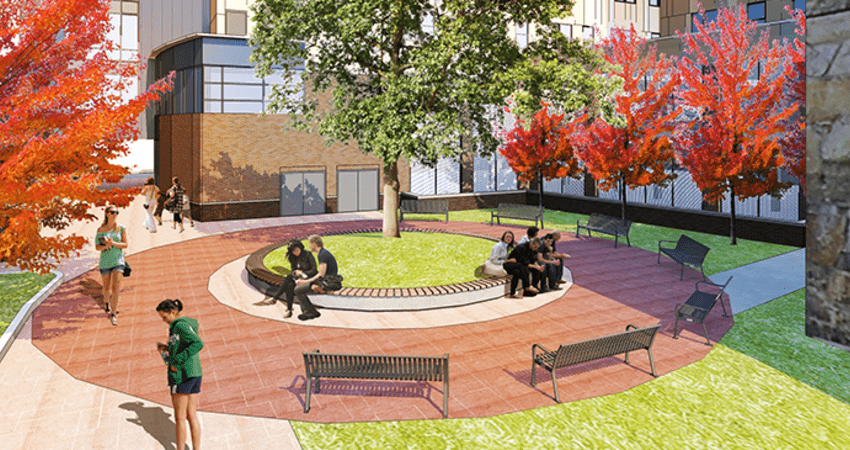
Making Affordable Housing Resilient: What Would It Cost?
- Title:
- Making Affordable Housing Resilient: What Would It Cost?
- Author:
- Source:
- Publication Date:
-
2014
New York City is striving to increases its environmental resiliency following Superstorm Sandy and related recovery efforts. The New York University Furman Center produced the report The Price of Resilience: Can Multifamily Housing Afford to Adapt?, which analyzes the cost of increasing the resilience of multifamily housing in New York City. Storm preparedness efforts must focus on developing and implementing cost-effective retrofitting and remodeling solutions for the city’s building stock, which is very dense. The housing stock in New York City and other dense, coastal cities faces challenges that differ significantly from many American cities dominated by single-family homes. Furthermore, there is little opportunity to sacrifice affordable housing units in exchange for retrofitting buildings, because of the city’s affordable housing crisis. The report includes findings from the Retrofit Solutions Workshops hosted by the Furman Center, in partnership with the American Institute of Architecture's New York chapter (AIANY) and Enterprise Community Partners.
Major findings:
- More than two-thirds of the housing units in buildings at risk of flooding, in New York City, are located in multifamily buildings.
- Nearly 90 percent of the multifamily rental buildings in the floodplain were built before 1983, the year the city first added flood-resistant construction standards to its building code.
- The majority of privately-owned multifamily rental buildings in floodplains designated by the Federal Emergency Management Agency (FEMA) have rents that are regulated through a subsidy program or through New York’s rent stabilization law.
- Existing resilience measures are cost-prohibitive for many building owners and especially for those that have low- and moderate-income residents.
- FEMA guidelines to qualify for the National Flood Insurance Program dictate much of the design standards for buildings in FEMA-recognized floodplains. As floodplain areas are expanded in response to ecological change, buildings must comply with FEMA standards or face higher insurance premiums.
- New York City’s Substantial Improvement rule was designed to incentivize buildings to become more resilient, but substantial improvements require a building to fully comply with current code, which becomes cost prohibitive for vulnerable buildings.
- One of the biggest threats to preserving affordable housing in the floodplain is that flood insurance premiums will likely rise in upcoming years.
- Without external financial support or other relief, there is no clear avenue to enact these resilience measures affordably.